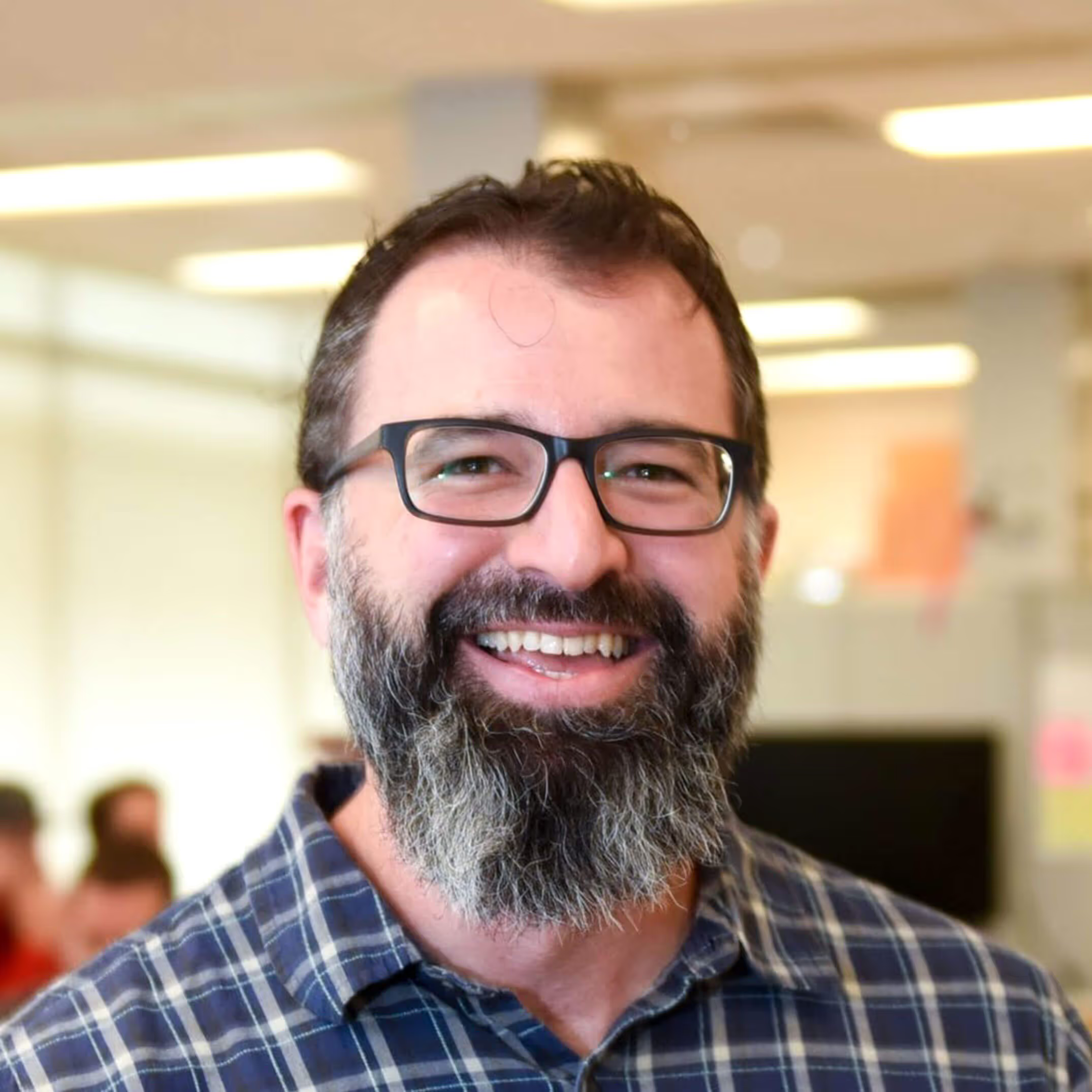
Here's a fun game: Chances are someone has suggested you use "The 5 Whys" technique for conducting root cause analysis. Maybe you've suggested it to someone else. You'll probably hear it again in the future. The game? Next time someone suggests you ask why 5 times, ask them why... 5 times. I'll be curious to hear the results (or thoughts in general on this tangent) on Twitter using #TrigTangent #WhyAskWhy.
Whether called root cause analysis, levels of abstraction, or, my personal "Axis of Abstraction" - I do believe the process is powerful. But why?
Harvard Business School Professor, Theodore Levitt is credited with saying, “People don’t want to buy a quarter-inch drill, they want a quarter-inch hole.” This quote is most notably used when considering the “Jobs to be Done” process most attributed to Clayton Christensen, and adapted by many others from Alan Klement to Tony Ulwick (who appear to be at war with each other over the thought process).
What neither Klement, nor Ulwick, nor Christensen clarify, in my opinion, is the levels of abstraction for which this framework applies.
Bring in Simon Sinek, who tells us to “Start with Why.” What I particularly like about Sinek, is his focus on “Why” as a visionary tool. He, however, also leaves out the levels of abstraction. After all, it’s an abstract concept. To illustrate this, let’s go back to Professor Levitt.
“People don’t want to buy a quarter-inch drill, they want a quarter-inch hole.”
(We get there by asking “Why?”)
Why do you want the drill?
Because I need to make a hole.
(What if we were to ask this question 4 more times though?)
Why do you want to make the hole?
To gain access through the skull for a brain surgery site.
Why do you need access to the brain?
Because I have a patient with a brain tumor that needs to be removed.
Why does the tumor need to be removed?
If we don’t, he will die.
Why don’t you want your patient to die?
Because I’m charged with improving and extending life.
Sinek may say, “Start with improving and extending life.”
I agree … but the subtle difference is this: We didn’t start with “Why,” we started with “The Highest Level Why”
What - How - and Why …
Sinek tells us that How is at the bottom, Why is at the top, and What is in the middle of abstract thought. I disagree. I call the bottom “Concrete,” the top “Abstract,” and the middle… well, that’s where we live.
Rather, “Why?” is the question to climb the ladder to the abstract … to the clouds … maybe where my head is a lot. “How?” is the question that brings us down the ladder. “What” is the rung of the ladder we are on.
In this case, the top rung of the ladder is: Improve and Extend Life
How we do that is by helping patients with brain tumors
How we do that … well, that’s the job to be done … and maybe we don’t need a quarter-inch hole after all. An insights and ideation session could produce alternatives beyond our current imagination. We could reach uncharted realms of innovation if the whys, hows and whats were more regularly brought into focus. The next brainstorming session your company gets together for, try asking why until you get to the really enlightening core answers - you may surprise yourself and each other.
Need help narrowing or expanding your scope of work?
Asking the right questions can be daunting and knowing how to use the answers you discover to all the “hows” and “whys” is a challenge. The Trig team is always here to assist with insights and data. Let’s talk.



